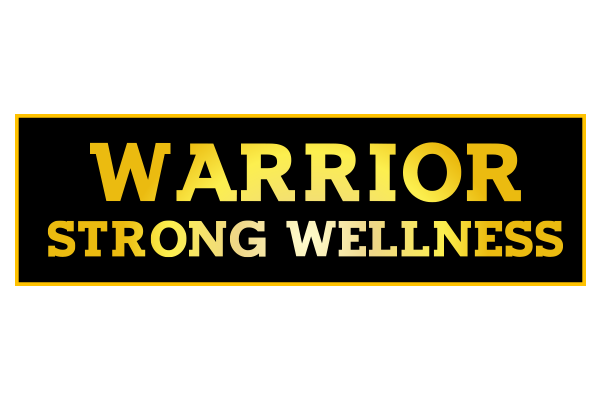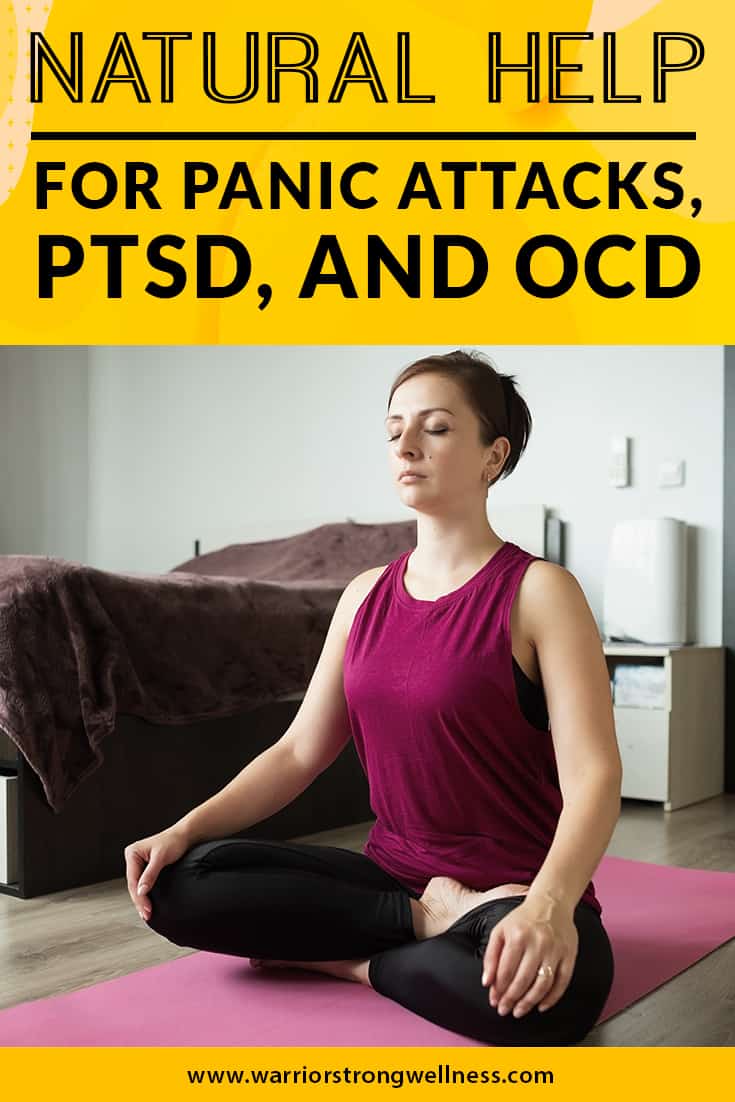Mental health is an important consideration, especially now when people have additional concerns related to the global pandemic. Whether you deal with panic attacks, PTSD, or OCD, a global illness can undoubtedly increase the problem. Natural coping mechanisms provide you with ways to take care of yourself at home while practicing social distancing.
Of course, medication may sometimes be necessary to cope with some of these health concerns. If that is the case for you, there is no shame in needing to take these measures. And this is also a valid reason to leave your home. Just be sure to use proper caution and follow the CDC suggestions to wear a mask (if you have access to one) and avoid getting within six feet of others while you are out.
We look forward to things getting back to normal in the coming months, but in the meantime, here are some tips for calming your mind, emotions, and anxieties with a little natural TLC.
Daily Physical Exercise
You may be stuck indoors, but you still need to have regular daily activity. That may mean taking a walk around your neighborhood (again, while taking proper precautions). It may also mean coming up with exercises you can perform indoors. What if you live in a small apartment? Here are a few ideas for cardio workouts that don’t require a lot of space.
- Jumping Jacks
- High Knees
- Mountain Climbers
- Burpees
If you have an exercise mat, these activities shouldn’t make too much noise for your downstairs neighbors. Don’t forget to stretch before and after.
The calming effects of exercise are well-established by research. Exercise has many psychological benefits, including the fact that it can help to reduce the level of stress hormones in the body.
Daily Mental Exercise
Just as your body needs regular activity to stay fit, it is essential to exercise your mind each day as well. Mental exercises include meditation, mindfulness, and deep breathing. How can you create the right environment to allow your mind to focus? Here are a few tips:
- Create a distraction-free environment – Choose a part of your home where you will not be interrupted. Sometimes the right time of day is crucial as well to reduce the likelihood of a family member interrupting you. Your phone will be your worst enemy during these exercises, so be sure to put it in Do Not Disturb mode or completely shut it off.
- Keep yourself comfortable – If you are in an uncomfortable position, your mind will focus on that sensation rather than allowing you to focus. You don’t want to be so comfortable that you fall asleep. Just be sure you are not so uncomfortable that it becomes a distraction.
- Concentrate on your breathing – There are a number of deep breathing exercises you can use to block out anxieties and negative thoughts. One to try is to count to four while breathing in, hold your breath for four seconds, and then slowly release the breath for four seconds. This will help you to control your breaths at five per minute – a good baseline to start your meditation.
- Focus on the positive – Rather than trying to clear your mind completely, focus on positive things. Reflect on your goals, envision yourself reaching them, and focus on positive relationships in your life. Think about your loved ones and nice things to do for them. Think about your objectives and how to reach them. Take time to focus on and reinforce your values.
Progressive Muscle Relaxation
This technique involves tensing specific muscle groups while breathing in and then relaxing them as you breathe out. The objective is to relieve tension in the muscle groups one at a time. Physical relaxation also assists with mental relaxation. Researchers believe this method may help a person to fall asleep. You can find a full list of the muscle groups that you should be isolating on the University of Michigan website.
Here are the four main steps to progressive muscle relaxation:
- Tense the muscle group that you are focusing on while slowly breathing in for four to ten seconds. Don’t tense the muscles so hard that you cause a cramp, but you should use a moderate amount of tension.
- As you breathe out, relax the tension all at once. Don’t allow the muscle group to release the tension gradually.
- Give yourself up to 20 seconds in between muscle groups. Of course, you will need to keep breathing in between the tensing and relaxing of the muscles.
- Complete the exercise with each muscle group. Finish the session by counting down slowly from five.
Congratulations! You now have yet another way to relax physically and mentally in your bag of natural ways to combat anxiety and tension.
Supplementation for Mental Health
To reduce stress, you can also try supplementing with ashwagandha. Research reveals that daily ashwagandha intake can lower stress levels in the body. When you are dealing with less stress, this can help you to reduce anxiety, tension, and inflammation. You may find that your physical and mental health both improve significantly when your tension levels stay lower.
If you want to give ashwagandha a try, check out the Warrior Strong Wellness shop. Our Pure Organic Ashwagandha Max may be just what you need to help keep stress under control. It is the perfect complement to the anxiety and tension control techniques that you learned from this article.



